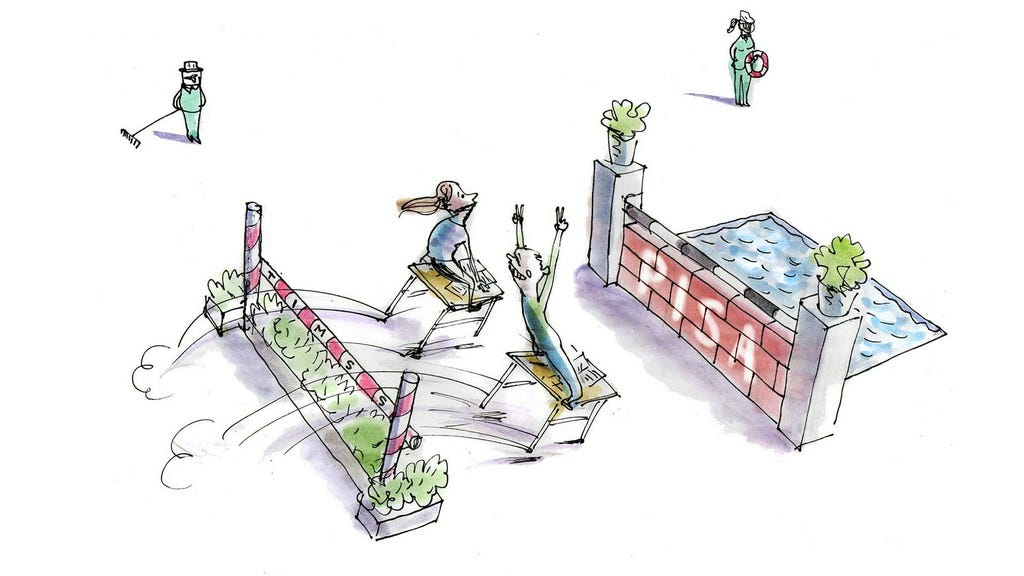The exasperated question, ”Haven’t you ’progressive’ educators had control over the school system long enough?” reflects a deep dissatisfaction with the current state of education. This sentiment suggests a belief that progressive educational philosophies, which have been influential for decades, are responsible for perceived declines in academic performance and other perceived shortcomings. Understanding this critique requires examining the core tenets of progressive education, tracing its historical trajectory in Sweden, analyzing the outcomes associated with its implementation, and considering alternative approaches. This exploration must acknowledge the complexity of the issue, recognizing that attributing educational successes or failures solely to one pedagogical approach oversimplifies the multifaceted reality of educational systems.
Progressive education, broadly defined, emphasizes student-centered learning, experiential learning, and the development of critical thinking and problem-solving skills. It often prioritizes collaboration, creativity, and individual expression over rote memorization and standardized testing. In theory, this approach aims to foster a lifelong love of learning and equip students with the skills necessary to navigate a rapidly changing world. Proponents argue that traditional, teacher-centered models, with their emphasis on passive absorption of information, are ill-suited to the demands of the 21st century. They believe that progressive education empowers students to become active learners, critical thinkers, and engaged citizens. This philosophy is often associated with prominent educational thinkers like John Dewey, whose work championed experiential learning and democratic principles in education.
The implementation of progressive education in Sweden has a long and complex history. Influenced by Dewey’s ideas and other reform movements, Swedish educators began to move away from traditional, authoritarian models in the early 20th century. This shift involved a gradual decentralization of educational authority, giving more autonomy to individual schools and teachers. Curriculum became more flexible, with an increasing emphasis on student interests and needs. Traditional grading systems were often de-emphasized, particularly in the early years, in favor of qualitative assessments and a focus on individual progress. This progressive approach aimed to create a more equitable and inclusive education system, catering to the diverse learning styles and backgrounds of all students.
However, the perceived outcomes of progressive education in Sweden have become a source of considerable debate. Critics argue that the de-emphasis on traditional subject matter knowledge and rigorous academic standards has led to a decline in student performance, particularly in areas like literacy and mathematics. They point to international assessments, such as PISA, where Swedish students have shown declining scores in recent years, as evidence of the failings of progressive methods. They argue that the focus on student-centered learning has resulted in a lack of structure and discipline, leaving students ill-prepared for the rigors of higher education and the demands of the modern workplace. Furthermore, some critics contend that the emphasis on individual expression and creativity has come at the expense of essential foundational skills and knowledge.
In response to these criticisms, proponents of progressive education argue that standardized tests do not accurately measure the broader goals of education, such as critical thinking, problem-solving, and collaboration. They maintain that progressive methods foster a deeper understanding of concepts and a lifelong love of learning, even if this doesn’t always translate into higher test scores. They also point to the success of some progressive schools and programs as evidence of the effectiveness of these approaches. Furthermore, they argue that the declining test scores in Sweden are not solely attributable to progressive education but are influenced by a complex interplay of factors, including societal changes, immigration patterns, and resource allocation.
The debate surrounding progressive education in Sweden highlights the inherent tension between traditional and innovative approaches to teaching and learning. Finding the right balance between these two paradigms is crucial for creating an effective and equitable education system. This requires a nuanced understanding of the strengths and weaknesses of both approaches, as well as a willingness to adapt and evolve in response to changing societal needs and educational research. Moving forward, the focus should be on evidence-based practices, drawing on the best aspects of both traditional and progressive methods to create a system that equips all students with the knowledge, skills, and dispositions needed to thrive in the 21st century. This involves ongoing evaluation, critical reflection, and a commitment to continuous improvement, rather than rigidly adhering to any single pedagogical ideology.














